Ukrainian photojournalist Andriy Dubchak followed the early days of the Kherson offensive, talking with locals and reporting from the battle zone and the newly liberated villages.
As Russian troops withdraw from towns and villages in southern Kherson Oblast, Ukrainian soldiers are confronted with the destruction left behind by fleeing enemy soldiers who occupied the area for months.
Vysokopillia is just one of the many villages in Kherson Oblast liberated by the Ukrainian Armed Forces in early September after nearly six months of Russian occupation. Like many other settlements in the region, 80% of the village was destroyed. What was once a flourishing farm area with a population of 3,899 people is now a wasteland devoid of people and basic amenities.
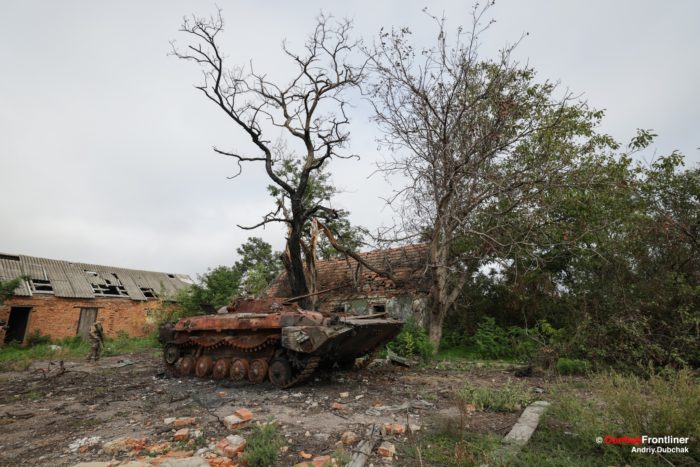
“270 residents remain in the village. Due to constant shelling, it’s impossible to restore electricity and water supply or start rebuilding and renovating hospitals, pharmacies and shops. The regional authorities are working hard to restore electricity, water and heating,” says the head of the Kherson regional military administration Yaroslav Yanushevych.
Vysokopillia is an urban-type settlement in Beryslav Raion, Kherson Oblast in southern Ukraine. It is strategically located between the valleys of the Dnipro and Inhulets Rivers. Before the Russian invasion of Ukraine, it had a population of 3,899.
On 16 March, Russian forces occupied Vysokopillia and the surrounding area. After weeks of fierce fighting, the Ukrainian army recaptured Vysokopillia on 4 September and hoisted the Ukrainian flag on the local school building. Unfortunately, the Kherson offensive was and continues to be marked by heavy losses, mostly caused by lack of ammunition, strong Russian defenses and the destructive role of Russian artillery.

The liberation of the village of Vysokopillia, which served as an artillery launch point for Russian forces, is a sign that the Ukrainian army is pushing back Russian defenses in the oblast, comments military expert Oleksandr Musiienko, head of the Centre for Military and Legal Studies.
“It was from there that the Russians fired their missiles, which struck Dnipropetrovsk Oblast and further territories. Therefore, artillery fire is less intense now, and this is important because the Russian defense is being pushed back.”
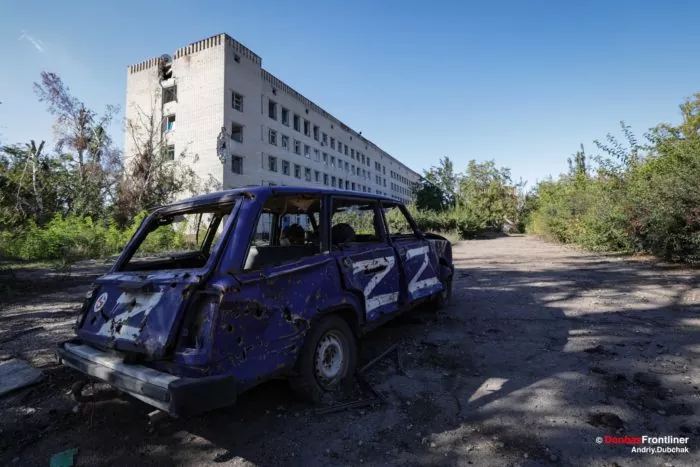
Ukrainian photojournalist Andriy Dubchak followed the early days of the Kherson offensive, dispatching live reports from the battle zone and the newly liberated villages. He is currently in Donetsk Oblast, and his photo report of devastated Lyman is a story in itself. Here, he gives a visual report of life in the Ukrainian town of Vysokopillia, Kherson Oblast.
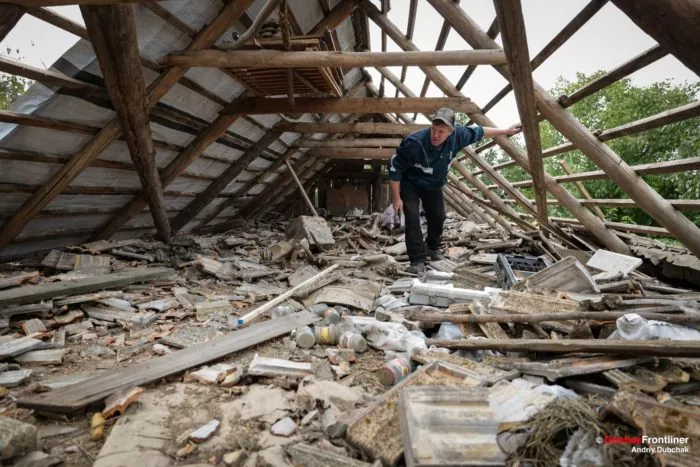
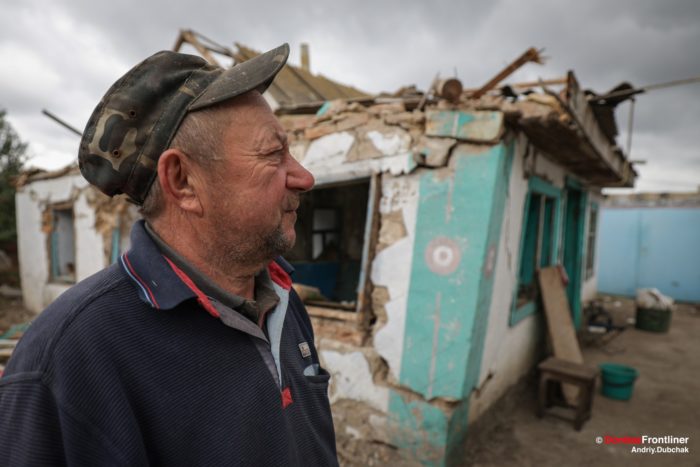


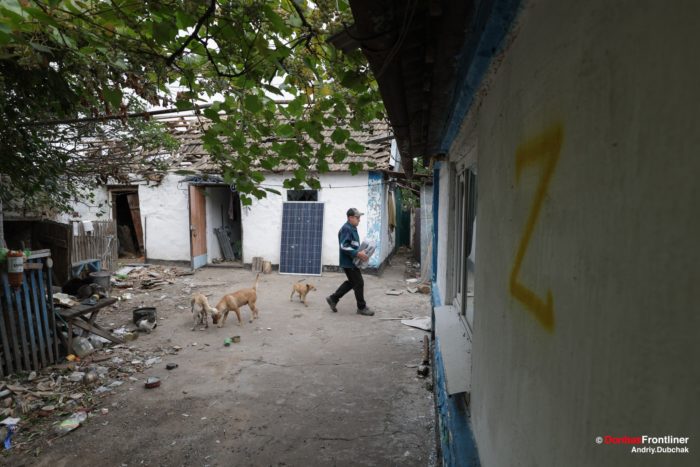

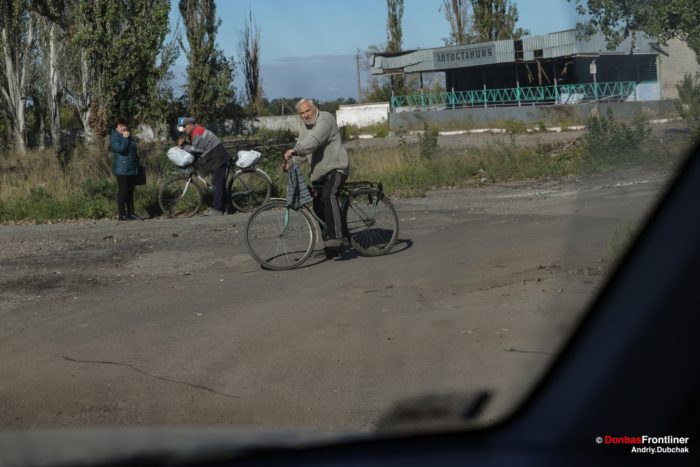
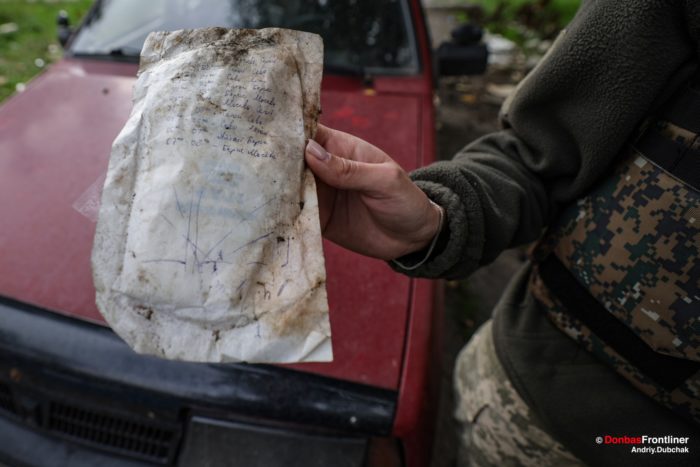
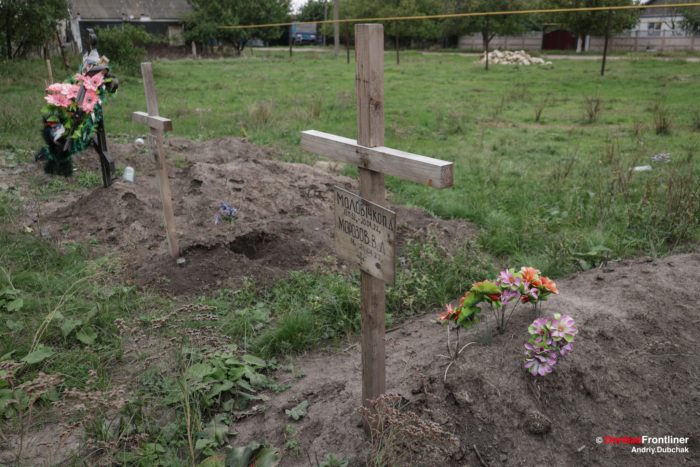
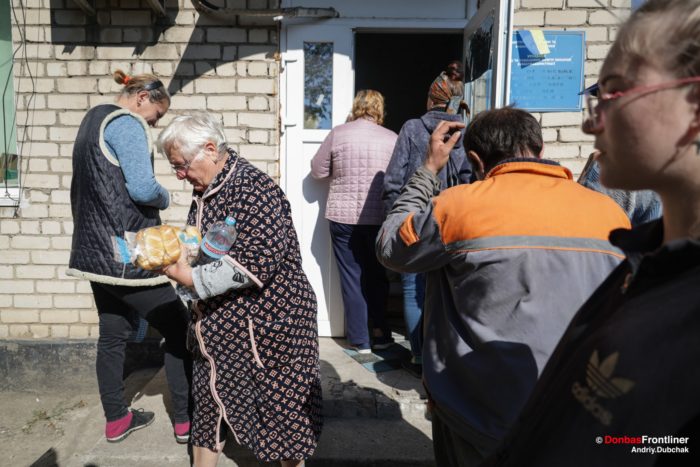
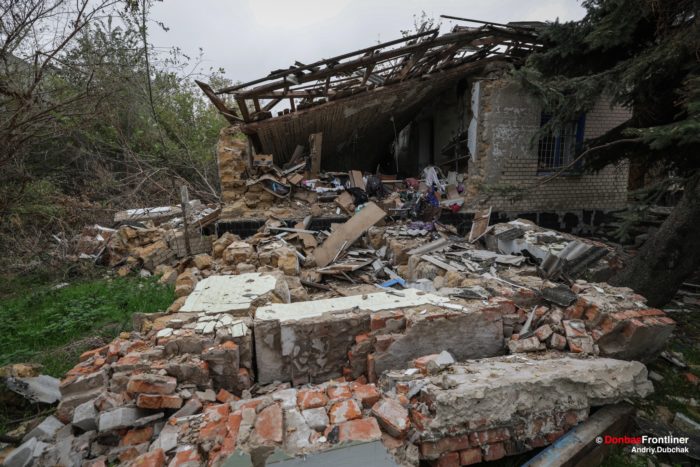
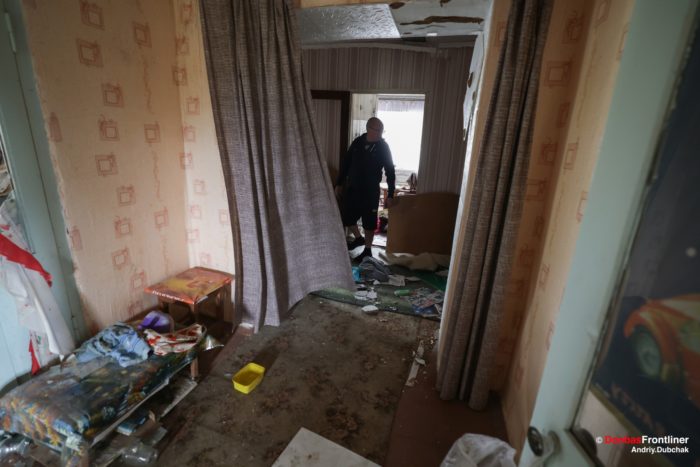
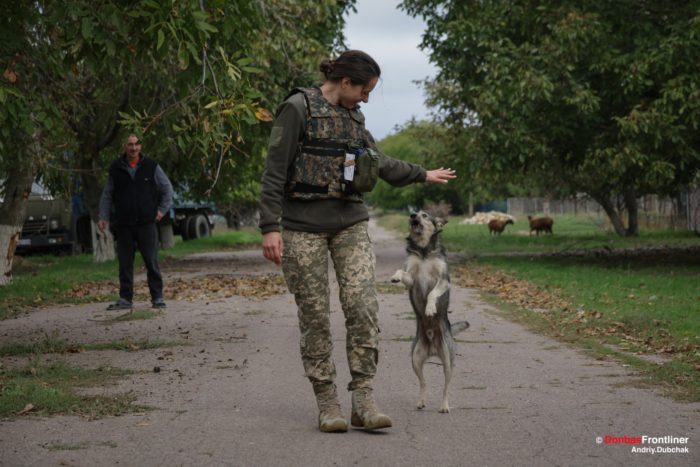
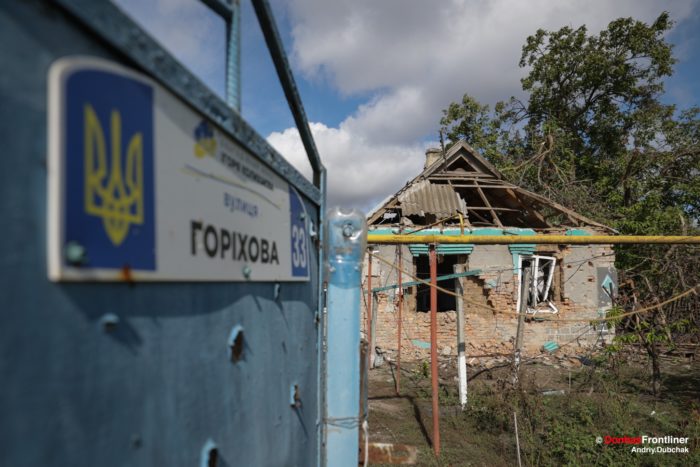
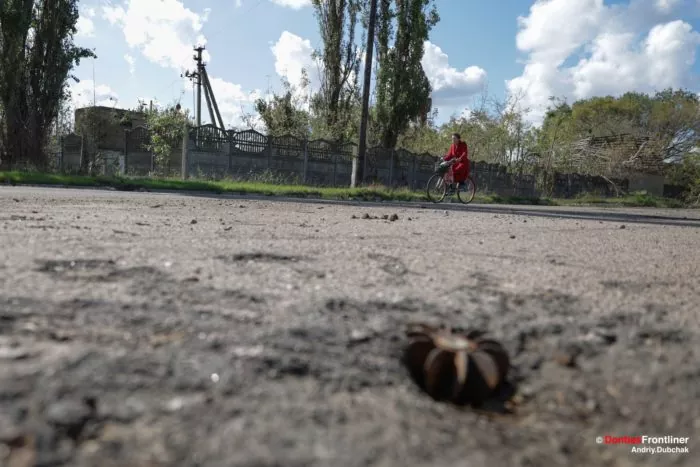
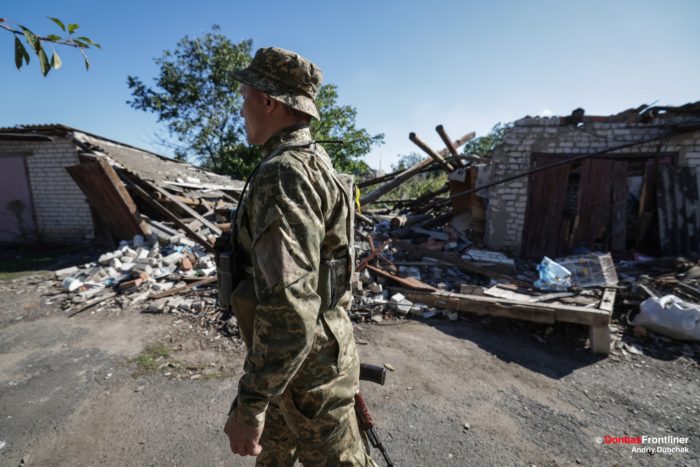
Read more:
- The battle for Kherson Oblast: dispatch from the hot zones of war
- Bucha slowly comes to life after Russian massacre: Dispatch from Ukraine
- Russia turned Bucha into one big torture chamber. Dispatch from Ukraine
- The Ukrainian Aleppo, or unprecedented terror in Borodianka – Dispatch from Ukraine
- Russian mines, destruction, looting: Ukrainian farmers deal with aftermath of occupation


